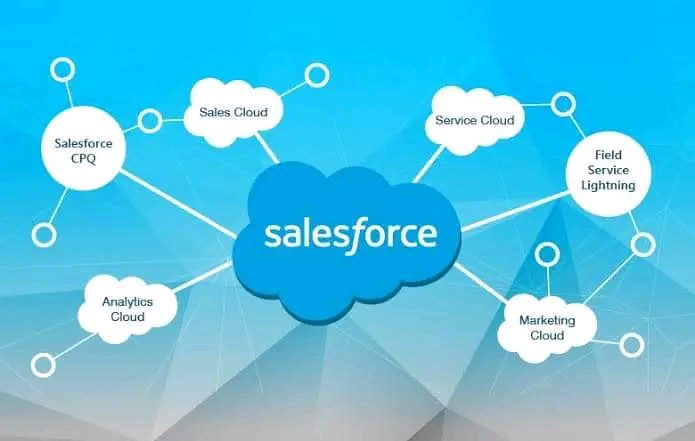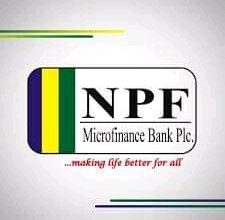Top 20 Programming Languages To Learn in 2024

Programming is the process of giving instructions to a computer to perform specific tasks.
It involves writing a series of commands or statements in a programming language that the computer can understand and execute.
In today’s digital era, programming skills have become highly valuable and sought after, opening up numerous career opportunities.
List of Good 20 Programming Languages To Learn in 2024
If you’re considering learning a programming language, here are the top 20 best programming languages to learn in 2024.
1. Python
Python continues to be one of the most popular programming languages due to its simplicity and versatility. It is widely used in web development, data analysis, artificial intelligence, and scientific computing.
2. JavaScript
JavaScript is essential for web development, enabling interactive features and dynamic content on websites. It is widely supported by browsers and has extensive frameworks and libraries.
3. Java
Java is a versatile language used for developing enterprise-level applications, mobile apps (Android), and large-scale systems. It offers strong community support and is known for its performance and security.
4. C++
C++ is a powerful and efficient language used in game development, system programming, and resource-intensive applications. It allows low-level memory manipulation and high-performance computing.
5. Swift
Swift is the primary programming language for iOS and macOS app development. It is known for its safety features, clean syntax, and high performance.
6. Go
Go, also known as Golang, is gaining popularity for its simplicity, concurrency support, and efficiency. It is often used in network programming, distributed systems, and cloud computing.
7. Kotlin
Kotlin is an official language for Android app development. It is interoperable with Java and offers concise syntax, null safety, and modern features.
8. Rust
Rust focuses on safety, speed, and concurrency. It is used for system programming, creating high-performance applications, and building reliable software.
9. TypeScript
TypeScript is a superset of JavaScript that adds static typing and additional features to enhance code maintainability. It is commonly used in large-scale applications.
10. Ruby
Ruby is known for its elegant syntax and readability. It is used in web development, particularly with the Ruby on Rails framework, which enables rapid application development.
11. PHP
PHP is a server-side scripting language used for web development. It powers many popular websites and has a vast community and extensive documentation.
12. C#
C# is a versatile language primarily used for developing Windows applications, web services, and game development with the Unity engine. It is similar to Java and offers a wide range of frameworks.
13. R
R is a language designed for statistical analysis and data visualization. It is widely used in data science, machine learning, and research fields.
14. MATLAB
MATLAB is widely used in scientific and engineering applications for numerical computation, data analysis, and algorithm development. It has extensive built-in libraries.
15. Scala
Scala combines object-oriented and functional programming paradigms. It is used for big data processing, web services, and building scalable applications.
16. Swift
Swift is a powerful language for iOS and macOS app development. It offers modern features, safety, and performance, making it a popular choice among developers.
17. Perl
Perl is a scripting language known for its text-processing capabilities. It is used for system administration, web development, and network programming.
18. Groovy
Groovy is a dynamic language that runs on the Java Virtual Machine (JVM). It is often used with Java for scripting, automation, and building systems.
19. Lua
Lua is a lightweight scripting language commonly used in game development, embedded systems, and scripting tasks. It offers simplicity and extensibility.
20. HTML/CSS
HTML and CSS are essential languages for web development. HTML defines the structure of web pages, while CSS controls the presentation and styling.
How to Start Programming
• Research and select a programming language based on your interests, goals, and the applications you wish to develop.
• Install the necessary software tools, such as an integrated development environment (IDE) or code editor, and configure them for your chosen language.
• Begin with the fundamentals of programming, such as variables, data types, control structures, and functions. Online tutorials, courses, and books can be helpful resources.
• Start solving small programming problems or exercises to apply what you’ve learned. Practice regularly to reinforce your understanding and improve your skills.
• Engage with fellow programmers, participate in coding forums, and collaborate on open-source projects. Sharing knowledge and receiving feedback can accelerate your learning.
FAQs
What are the four types of programming?
The four main types of programming paradigms are procedural programming, object-oriented programming (OOP), functional programming, and event-driven programming.
What are five programming languages?
Five popular programming languages are Python, JavaScript, Java, C++, and Swift.
How can I start programming?
To start programming, choose a language, set up the development environment, learn the basics, practice coding, and engage with the programming community.
What are the four types of programming languages?
The four types of programming languages are high-level languages, low-level languages, assembly languages, and machine languages.
Also Read: Network Infrastructure || Key Components and Devices




